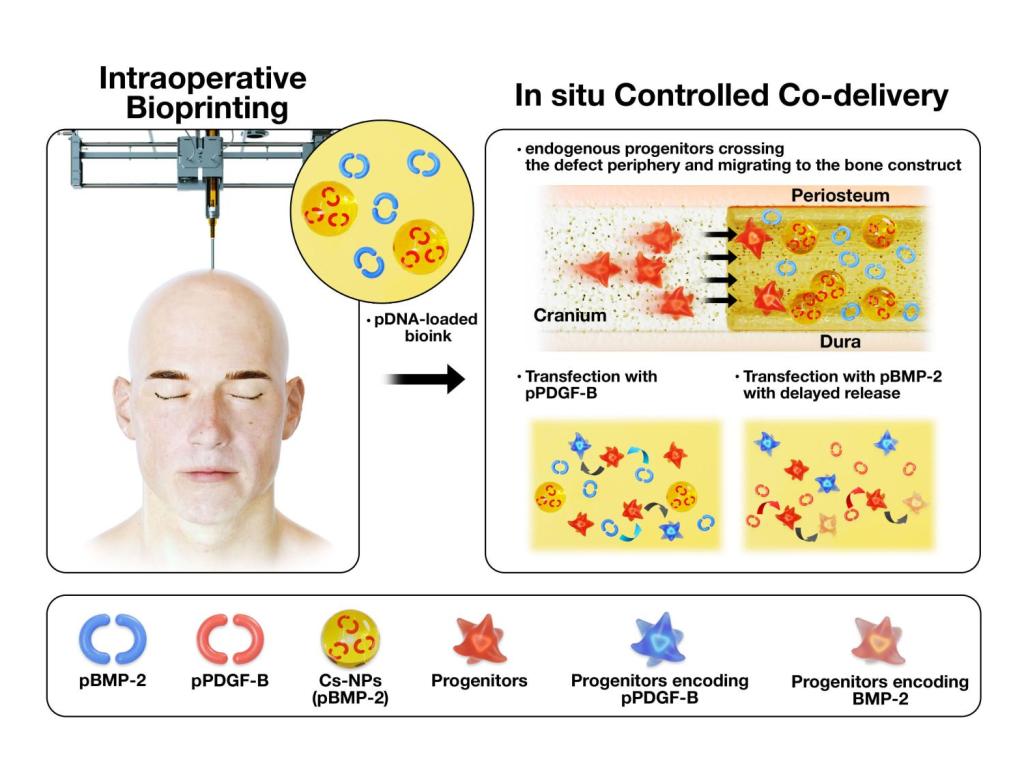To be honest, our lives are really a lot about finding the best possible solution under every situation. This is what allows us to progress further on a rather consistent basis, but having said that, the whole process is still way easier said than done. So, as a way of simplifying it, we have constructed certain avenues around us. All these avenues are given a different framework; hence their impact on us tends to appear pretty unique. However, despite all the uniqueness, we cannot say that any of them even come close to matching technology’s level. Technology is such an anomaly here, as, unlike any other idea; its point of focus is much bigger than just solving a problem here or there. You see, the creation also ensures that every solution is fuelling our growth under some capacity, and it has established the same within every area, including a highly-crucial medical sector. Since allowing technology to take over the baton, the healthcare sector has gone through a complete overhaul. It surely took some effort, but the sphere has now eliminated all its obsolete methods from the picture,. Talk about how it replaced them, the sector adopted a new patient-centric ideology. This ideology will pave the way for a brand of healthcare that offered much better treatments than whatever the world had seen before. If we need to back the said claim up with an example, we only have to look at a recent Penn State development.
The researching team at Penn State has successfully developed a method, which can be used to print a bone construct during a surgical procedure. As per certain reports, the technique is designed to fill bone defects that don’t give out an impression of healing easily by themselves. Nevertheless, the biggest feature in play here is the speed. Usually, these constructions end up taking a lot of time, but as far as the Penn State brainchild is concerned, it uses genes specifically for the purpose of accelerating bone formation. Over the years, the researchers have come with many different ways to heal bone defects. While they have also tried using genetic material alongside biomaterial implants, the results have been rigid due to the pre-formed nature of such implants. The printing approach, on the other hand, gives you that flexibility to fill any defect on a case-by-case basis, thus allowing a more tailored treatment.
“Growth factors are essential for cell growth,” said Ibrahim Ozbolat, one of the developers of the new technique. “We use two different genes encoding two different growth factors. These growth factors help stem cells to migrate into the defect area and then help the progenitor cells to convert into bone.”
Upon digging a little further into the approach, we’ll see how the researchers have used plasmids, which are small loops of DNA that are typically found in bacteria, to deliver genetic material. Interestingly enough, they have also made sure that gene release is staggered across different periods so to mimic the biochemical cascades and sequential gene expression that naturally occur during physiological processes in the body. The technique has already been tested in a bone defect rat model, and according to the results, it covered 90% bone coverage of a defect over a six-week period.



















